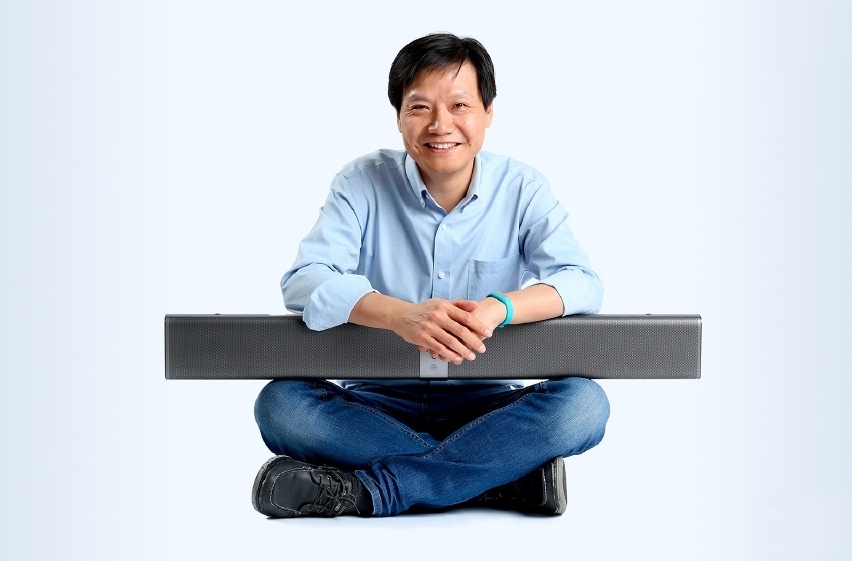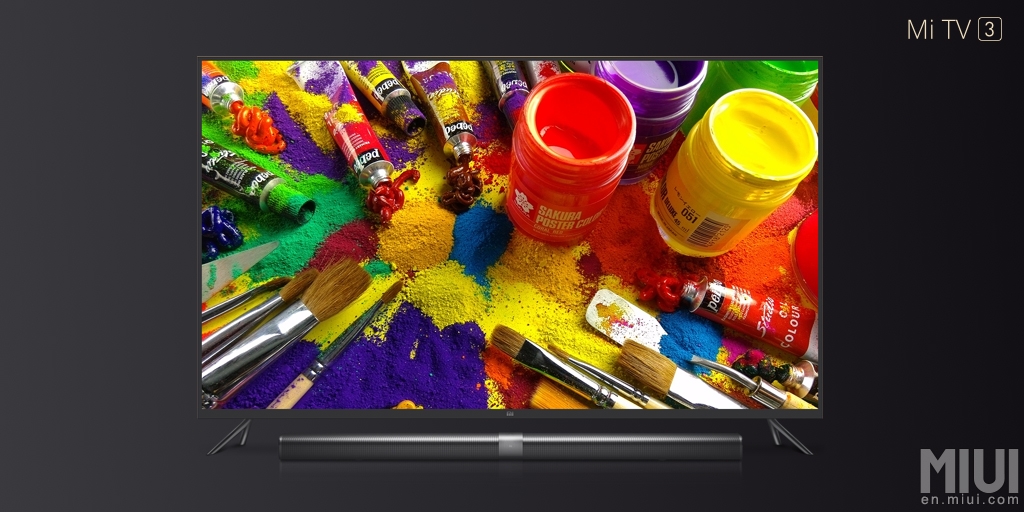Xiaomi on Monday announced a new 60-inch 4K television set, the Mi TV 3. With it, the Chinese electronics giant has taken the term "thinking outside the box" quite literally. Allow me to explain.
Few would argue that viewing trends are shifting. Many have traded in their cable and satellite boxes for online streaming options from Netflix, Hulu and Sling TV. Tapping into these services with an older television requires some form of external set-top box, dongle or game console while most "modern" sets come with the necessary hardware to connect to online services built right in.
Smart TVs have a few advantages over standard televisions; namely, the fact that you don't need an extra piece of hardware to watch online content. The disadvantage here, of course, is that the "smart" internals will quickly become obsolete and once that happens, there's not much you can do about it except add a set-top box to the mix (thus defeating the entire purpose of owning a smart TV).

Samsung addressed the issue with its Smart Evolution upgrade kit it first debuted at CES 2012 although I'm not sure how successful that campaign has been since that time.
Xiaomi, meanwhile, has come up with a unique solution of its own in the Mi TV 3.
First things first, a quick rundown of some of the set's prominent specifications. The Mi TV 3 utilizes a true 4K resolution panel from LG with a high color saturation of more than 85 percent. It uses a 6M60 professional image processing chip with MEMC motion compensation, a 60Hz refresh rate, 8ms response time and 1,200:1 contrast ratio. At its thinnest point, the set measures just 11.6mm.

Instead of building online streaming capabilities directly into the television, Xiaomi has elected to roll that hardware - and the majority of the TV's hardware - into a sound bar called the Mi TV Bar. The sound bar, which can be used with virtually any TV, display or projector to turn it into a smart TV, is powered by a quad-core Mstar 6A928 processor, Mali 760 GPU, 2GB of RAM and 8GB of local flash storage.
The sound bar is home to all of the television's ports. You simply connect devices to the sound bar which then links to the TV via a single cable.
Of course, like other solutions, this one also has its pros and cons but the big takeaway here is the fact that the Mi TV 3 can be upgraded or repaired (in most scenarios, anyway) simply by replacing the sound bar instead of having to buy a whole new set.

Curiously enough, this strategy won't exactly help the company with an issue that all manufacturers have to deal with - a low replacement cycle. It's not uncommon for the average consumer to keep a television until it dies which could be 10 years or more. I've had my 50-inch plasma set for well over seven years now, for example, and have no plans of replacing it until it kicks the bucket.
The Xiaomi Mi TV 3 carries a retail price of RMB 4,999 (around $786) and will go on sale next month. The speaker bar can be purchased separately for RMB999 (roughly $155). Unfortunately, Xiaomi doesn't have any plans to sell the combo outside of China.
